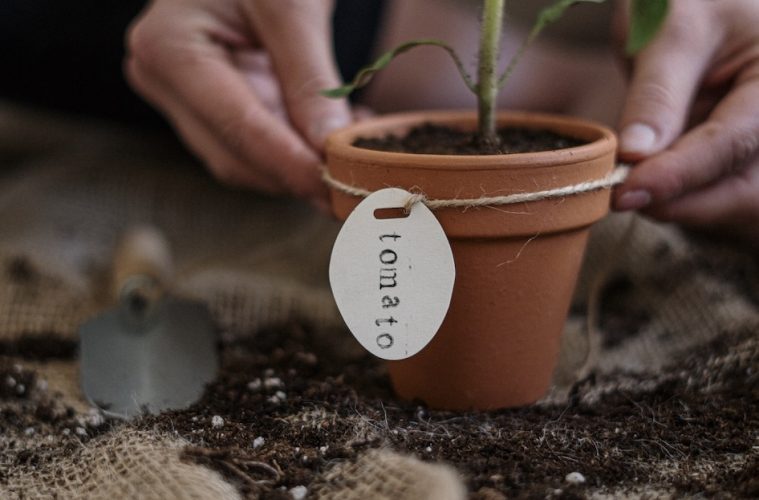Tomatoes are one of the most popular edible plants to grow for beginners and experienced gardeners alike. However, they can be tricky to get right, prone to a range of diseases and often facing problems with fruiting.
There are many tips and tricks to get tomato gardening right, but few make as much of an impact in establishment and growth as this one secret to success – planting tomatoes horizontally.
Why It Works
It’s generally recommended that you plant veggies and fruits in a hole about double the size and depth of the original pot. This provides enough space for you to amend the soil below the roots, giving them the right soil to grow and expand.
However, this is not the case with tomatoes, thanks to their adventitious roots.
Adventitious roots are roots that form from non-root tissue. In other words, they have the ability to grow roots all along their stems. Any part of the stem that touches the soil or is exposed to moisture will begin to develop small white roots that look like hairs, after a while turning into a fully fledged root system.
When you bury your tomato stem, all parts of that stem below the soil will grow roots. The stronger and more extensive the root system of your tomato plant is, the more access it has to moisture and nutrients in the soil. Stronger roots also anchor the plant better, allowing it to hold itself up.
It may go against all gardening instincts to plant tomatoes horizontally. However, this will greatly increase the size of the root system of the plant, improving overall health later on. Here’s how to get it right:
How To Do It
Start by selecting the right planting site for your tomatoes. It should be positioned in full sun and with enough space between other veggies to promote airflow and prevent the spread of diseases.
Next, grab your spade and get digging. Using the existing height of the plant as a measuring tool, dig a trench around two thirds the length of the stem. The trench should be around 15-20cm deep, depending on the age of the tomato plant.
If you have good soil, you can also choose the deep planting method by digging a deeper hole and burying the plant up to two thirds the height of the stem. But, depending on the height of your existing plant and your soil quality, that may require some serious digging.
Amend the soil with compost and a fertilizer high in nitrogen to promote healthy leaf and stem growth in the early stages of development. Then, lay the plant on its side, with the base of the one end of the trench and the other end laying on top of the soil out of the hole.
It should be positioned at a slight angle, as the top third of the plant above the soil line should have enough healthy leaves for strong growth. Don’t worry about removing the leaves below the soil line. Fill in the hole with more amended soil and press down to anchor the plant in place.
Immediately after planting, the part of the stem above the soil line will be facing the side. With a few days of sun exposure, the stem will begin to grow upright again, lifting the leaves off the ground. As it begins to turn toward the sun, install a stake in the soil and tie the stem to it with a flexible material.
Watering after planting is important. However, you’ll need a careful hand when planting using this method. Don’t water around the top of the plant sticking out of the soil as this will drench the leaves and can encourage disease. As the plant is laid horizontally, you only need to water the soil above the trench to promote root growth.
It may go against your gardening instincts but planting you tomatoes horizontally will be better for their health and your harvest in the long run.
By Madison Moulton
ALSO SEE HOW TO GROW BEETROOT


